The pursuit of a well-defined and robust chest often stands as a testament to an individual's `dedication to their fitness journey. Among the arsenal of gym equipment available, the Smith machine emerges as a stalwart companion in sculpting a chiseled chest. Combining stability, controlled motion, and versatility, the Smith machine presents an opportunity to unlock unparalleled results in chest development. Whether you're a seasoned gym enthusiast or just embarking on your fitness voyage, understanding the intricacies of utilizing the Smith machine for an effective chest workout is key to reaching your goals.
This article will start from two aspects of training movements and the benefits of training chest muscles with Smith machine
6 Top smith machine workout for chest muscles
Smith machine bench press

Why?
The Smith machine's fixed barbell path ensures a consistent and controlled movement pattern, provides more stability and can help you focus solely on pushing the weight, making it a useful tool for chest muscle isolation.
How?
Setup: Adjust the height of the Smith machine bar so that it's within arm's reach while you're lying on the bench.
Grip:Reach up and grip the barbell slightly wider than shoulder-width apart.
Positioning: Place feet firmly planted on the ground. Arch your lower back slightly and retract your shoulder blades. This creates a stable base and helps protect your shoulders.
Unracking the Bar: Lift the barbell off the rack and position it directly above your chest with your arms extended. Your elbows should be slightly bent but not locked.
Descent: Inhale and lower the bar towards your mid-chest in a controlled manner. Keep your elbows at around a 45-degree angle from your body. Aim to bring the bar to a point where it lightly touches your chest or hovers just above it. Avoid bouncing the bar off your chest.
Pressing: Exhale and push the barbell back up to the starting position by extending your arms. Focus on driving through your palms and using your chest and triceps to lift the weight.
Incline smith bench press
Why?
The flat bench press primarily targets the overall chest, The incline bench press places a greater emphasis on the upper portion of the pectoral muscles. Additionally, Incline bench press also engages the anterior deltoids (front shoulder muscles) to a greater extent compared to the flat bench press.
How?(Comparing to flat bench press)
The movements of the incline chest press and the plank chest press are very similar. The primary difference between incline and flat bench press is the angle of the bench. In the incline bench press, the bench is set at an incline (raised head position), targeting the upper portion of the chest. You might find that you can lift slightly lighter weights in the incline bench press compared to the flat bench press due to the increased challenge on the upper chest.
Decline smith bench press
Why?
Decline bench press places greater emphasis on the lower pectoral muscles compared to the flat bench press. It also engages the triceps to a slightly greater extent.
How? (Comparing to flat bench press)
Adjust the angle of the bench on the Smith machine to a moderate decline (around 15-30 degrees).The basic form remains consistent across different bench press variations, including grip width, stable base, and controlled movement. The primary difference is the angle at which the bar is pressed. You might find that you can lift slightly heavier weights in the decline bench press compared to the flat bench press due to the mechanical advantage of the declined position.
Reverse-grip bench press

Why?
The reverse-grip bench press, also known as the "underhand bench press" or "supinated grip bench press," is a variation of the traditional bench press where you grip the barbell with your palms facing towards you. This variation primarily targets the upper pectoral muscles and engages the triceps and anterior deltoids to a greater extent.
How? (Comparing to flat bench press)
The primary difference between the reverse-grip bench press and the flat bench press is the grip. In the reverse-grip version, your palms are facing towards you, while in the flat bench press, your palms face away from you. You might need to use slightly lighter weights in the reverse-grip bench press compared to the flat bench press, as the underhand grip can be more challenging.
Cable Crossover chest fly

Why?
The cable crossover chest fly is a great exercise for targeting the chest muscles and enhancing upper body strength. The exercise targets the pectoral muscles (both the upper and lower portions), helping to enhance the overall size, shape, and definition of your chest. It also works the anterior deltoids and triceps to a lesser extent. Additionally, Some individuals find that cable crossovers are gentler on the shoulders compared to certain pressing movements, making them a good option for those with shoulder concerns.
How?
Setup: Stand in the center of a cable crossover machine. Adjust the pulleys to the highest position, and attach the D-handles or handgrips to the pulleys.
Positioning: Stand with one foot slightly forward for balance.
Hold a handle in each hand, keeping your arms extended out to the sides at shoulder height. Your palms should be facing forward, and your elbows should be slightly bent.
Stance and Core Engagement: Maintain a stable stance with a slight bend in your knees. Engage your core muscles to stabilize your torso throughout the movement.
Initiate the Movemen: With a slight bend in your elbows, exhale and bring your hands forward in an arc motion, crossing them in front of your body. Imagine you're hugging a tree. Your arms will come together at the center of your body, and your hands should meet in front of your chest. Feel a stretch in your chest muscles at the peak of the movement.
Contraction and Squeeze: At the fully contracted position, squeeze your chest muscles for a brief moment, focusing on muscle engagement.
Return to Starting Position: Inhale as you slowly reverse the motion, allowing your arms to move back to the sides in a controlled manner. Keep a slight bend in your elbows
Push-ups

Why?
Push-ups primarily engage the pectoralis major, the large chest muscles that play a crucial role in pushing motions. As you lower your body towards the ground and push back up, the chest muscles contract to perform the movement. Push-ups can be modified to target different areas of the chest. For example, changing hand placement or elevating the feet can emphasize different parts of the pectoral muscles. The pushing motion of push-ups mimics real-life movements like pushing doors, lifting objects, and more. This translates to improved functional strength in daily activities.
How?
Starting Position: Begin by positioning yourself face-down on the floor. Place your hands slightly wider than shoulder-width apart, with your fingers pointing forward. Your palms should be positioned just below your shoulders.
Body Alignment: Extend your legs straight out behind you, resting on the balls of your feet. Keep your body in a straight line from head to heels. Your hips should not sag or pike upward.
Engage Your Core: Engage your core muscles by tightening your abdominals. This will help stabilize your body during the exercise.
Descent: Lower your body towards the ground by bending your elbows. Your elbows should point diagonally backward, roughly at a 45-degree angle from your body. Keep your body in a straight line as you descend. Your chest, hips, and thighs should move as a unit.
Depth of Descent: Lower your body until your chest is a few inches above the ground. You should feel a stretch in your chest muscles at the bottom of the movement.
Pressing Up: Push through your palms to extend your elbows and lift your body back up. Imagine pushing the floor away from you. Keep your body in a straight line throughout the upward movement.
Full Extension: Fully extend your arms at the top of the movement without locking out your elbows.
Breathing: Inhale as you lower your body towards the ground. Exhale as you push your body back up.
Modification: If standard push-ups are challenging, you can modify by performing knee push-ups. Instead of balancing on your toes, rest your knees on the ground while maintaining a straight body alignment.
Variations: As you become more proficient, you can explore different push-up variations, such as wide grip, narrow grip, incline, decline, one-arm push-ups, and more.
Benefits of Using a Smith Machine for Chest Workouts
Using a Smith machine for chest workouts offers several benefits that can enhance your training experience and help you target your chest muscles effectively. Here are some advantages of incorporating the Smith machine into your chest workout routine:
Stability and Safety: The guided bar path of the Smith machine provides greater stability compared to free weights. This can be particularly beneficial for beginners or when lifting heavier weights, as it reduces the risk of losing control or getting stuck under the bar.
Isolation of Target Muscles: The Smith machine allows you to focus on the chest muscles without the need to stabilize the weight, as the machine's design provides additional support. This isolation can lead to more targeted muscle engagement and potentially better muscle recruitment.
Variety of Angles: Many Smith machines come with adjustable bench angles, allowing you to perform incline, decline, or flat bench presses without needing to adjust benches or equipment. This variety can help you target different areas of the chest for well-rounded development.
Reduced Need for Spotter: The safety features of the Smith machine reduce the need for a spotter, making it a suitable option for training alone.
Reduced Risk of Injury: The guided path of the bar minimizes the risk of unbalanced or uneven lifts that can lead to injury, especially when performing exercises that target the chest muscles.
Consistent Form: The fixed bar path encourages consistent form during each repetition, helping you maintain proper technique throughout your chest workout.
Supplement to Free Weights: While the Smith machine has its benefits, it can also complement free weight exercises. Integrating both types of training can provide a more comprehensive chest workout routine.
It's important to note that while the Smith machine offers several advantages, it's still essential to have a well-rounded workout routine that includes a variety of exercises, equipment, and movement patterns. Incorporating both Smith machine and free weight exercises can provide a balanced approach to chest training and overall muscular development.


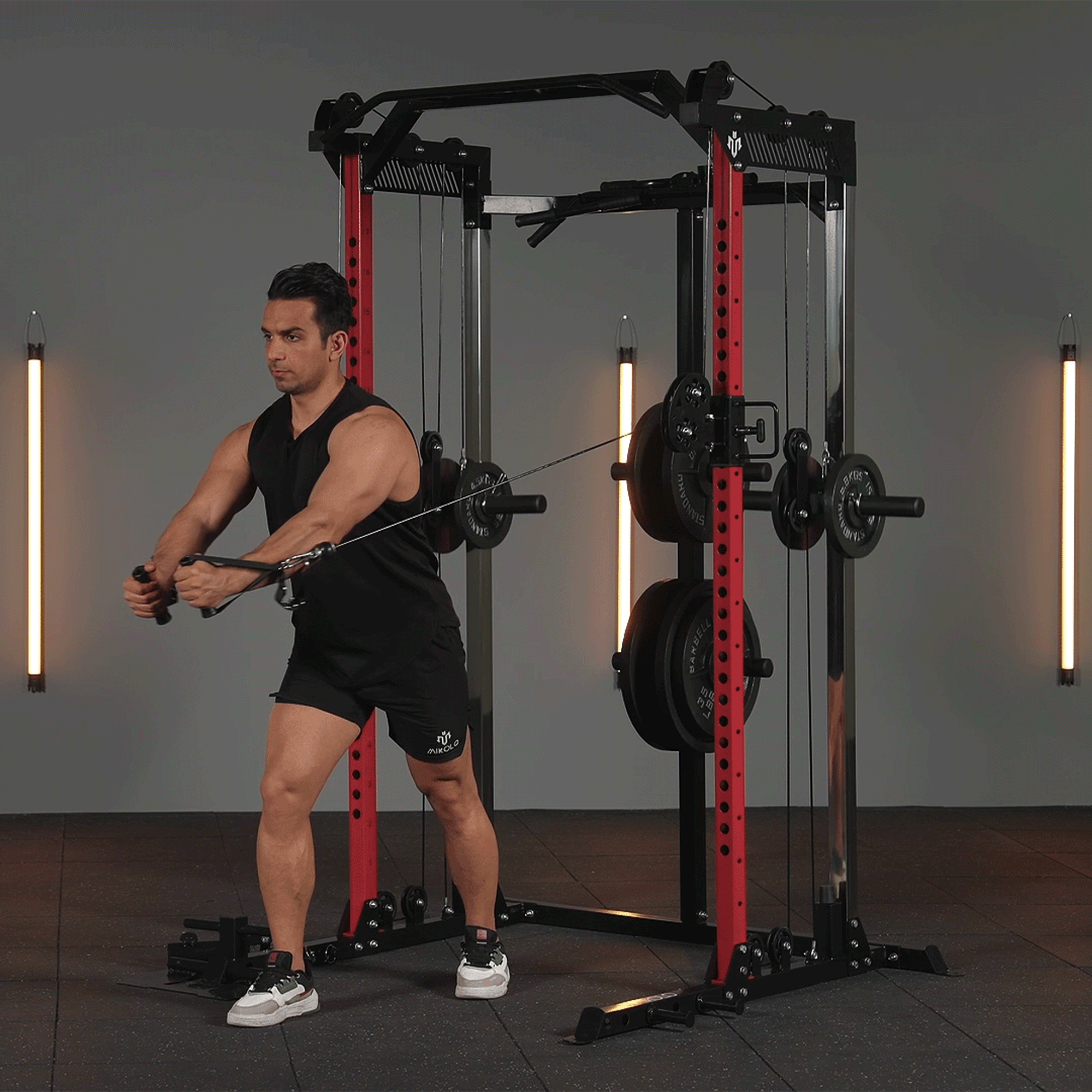


















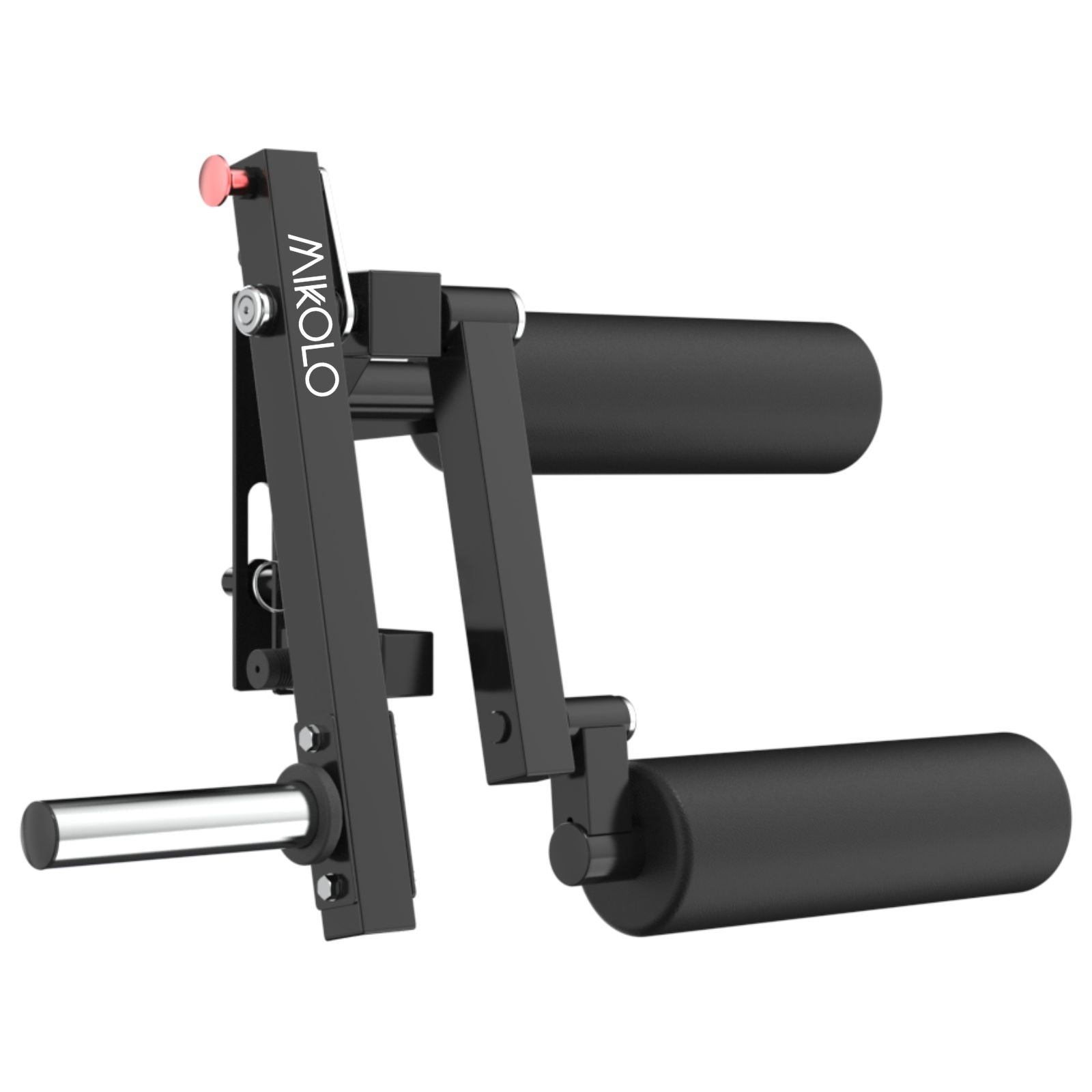












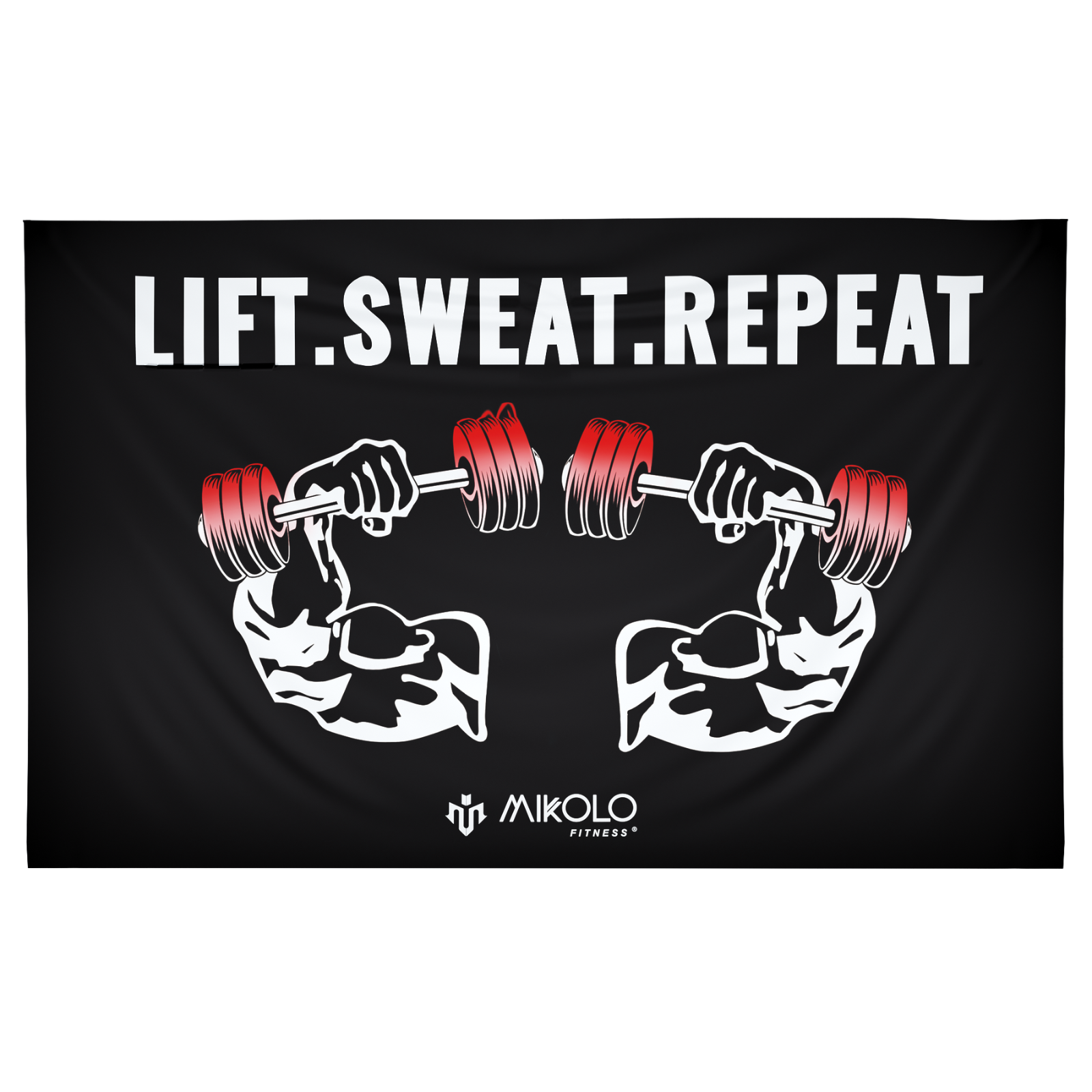



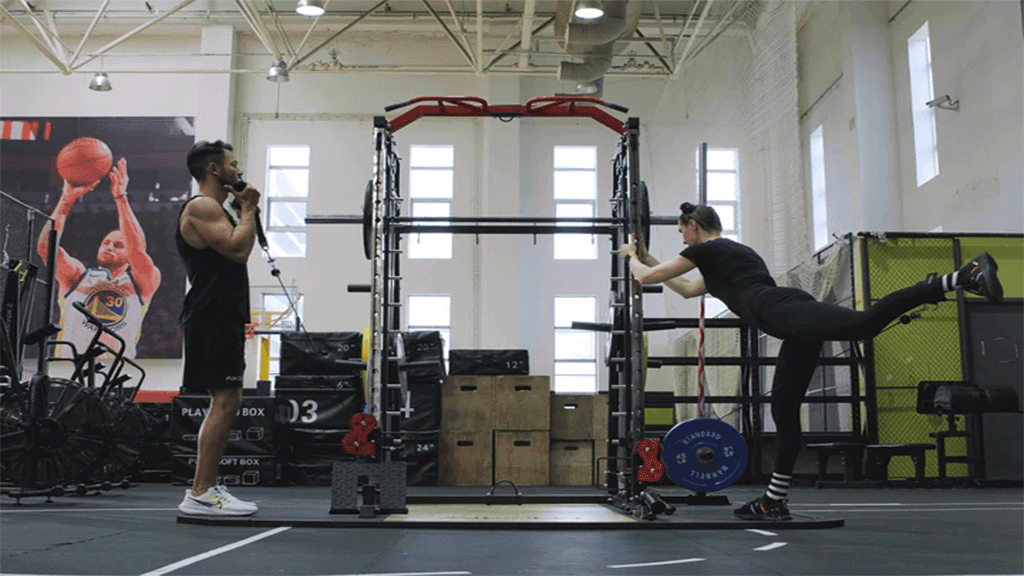
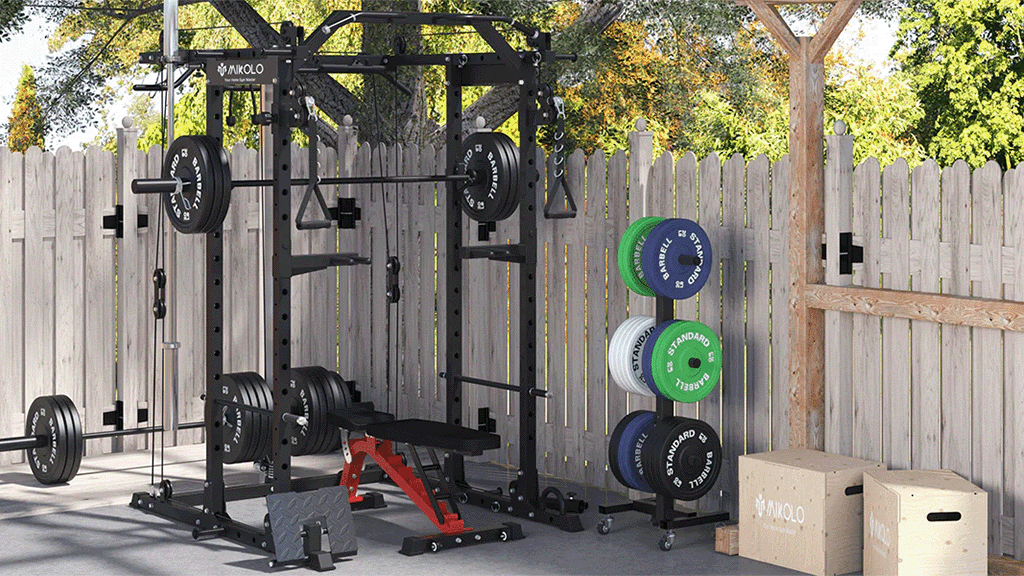
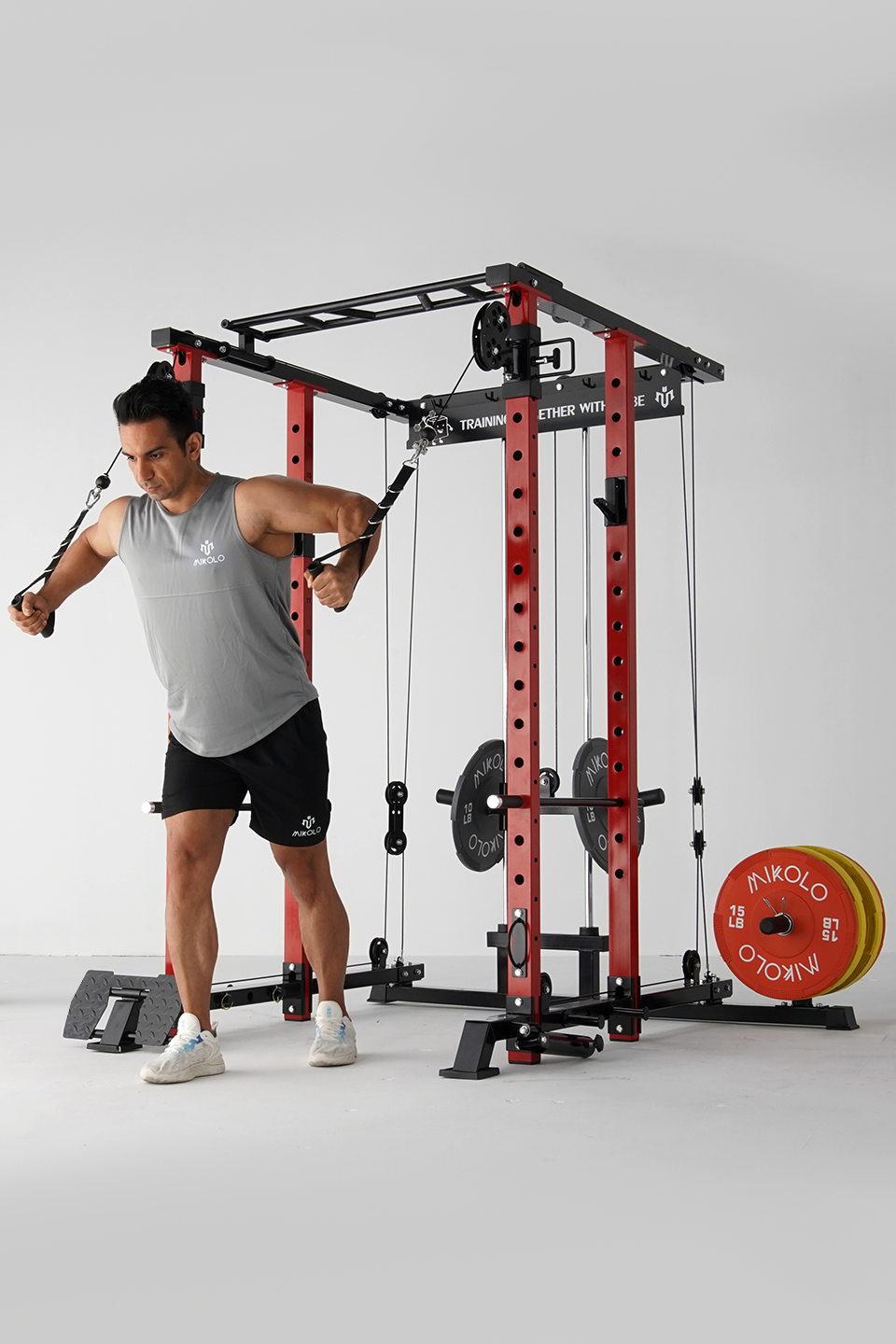
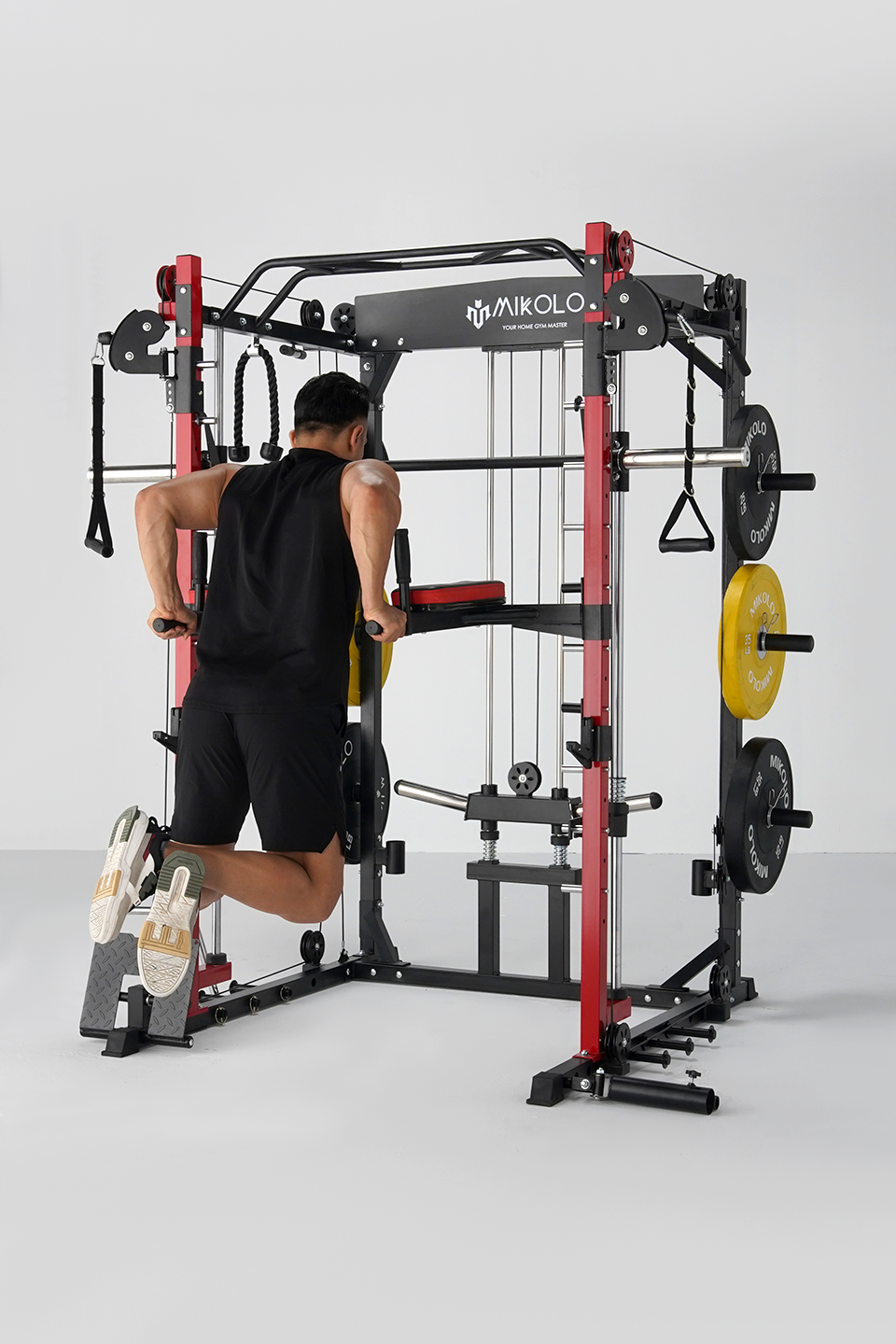


Leave a comment
This site is protected by hCaptcha and the hCaptcha Privacy Policy and Terms of Service apply.